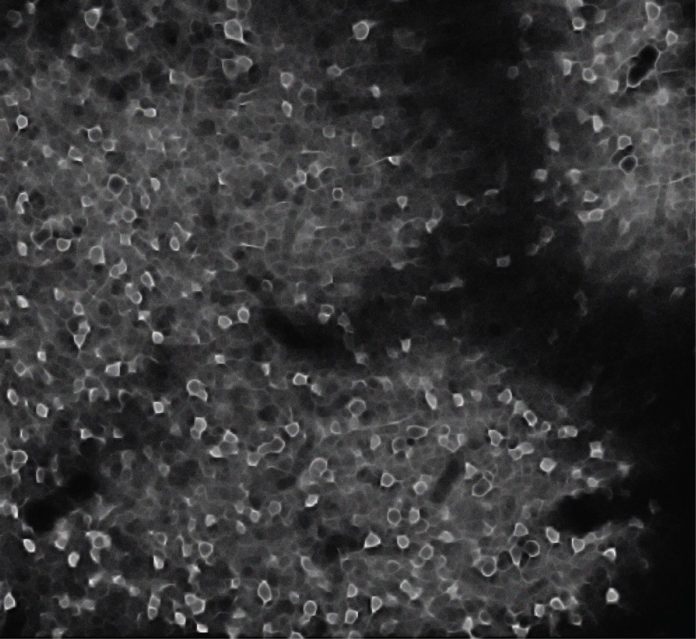Neuroscientists at the University of California San Diego have recently located the brain area that makes valuable decisions based on past experiences. That brain area is called as retrosplenial cortex or RSC, which was previously unknown for value-based decision-making.
Such decision-making is not the kind we encounter, such as while navigating traffic lights or dictating car driving decisions; instead, scientists found that the RSC is the home region for decisions such as where we buy our morning coffee. When we visit a coffee shop, our subjective value of the shop is updated based on our experience in the RSC.
Senior author Takaki Komiyama said, “When you have two coffee shops to choose from, no one is telling you which one to go to—you rely on the internal value in order to choose one over the other. How the brain maintains this value information—and how it might be different in healthy and disease states—could be relevant in clinical applications.”
During the study published in the journal Cell, scientists imaged more than 500 neurons across six brain regions in mice. The subsequent information trove of more than 45,000 recordings that enabled them to look at how value-related data is processed in each brain region. This vast data set led them to the RSC, an area in the outer layer of the cerebrum known as the cortex, which connects a range of brain networks and functions.
Komiyama said, “We found that the RSC, which previously had not been studied in the context of value-based decision-making, showed the strongest value information most persistently over time. These were unique characteristics.”
To reach the conclusion that RSC is used for decision-making, scientists inactivated the RSC using a technique called optogenetics, which uses light-activatable proteins to manipulate neural activity. Scientists found that the mice did not remember what happened in previous experiences.
Lead author Ryoma Hattori said, “Basically, we made the mice forget the recent history by inactivating this particular RSC area.”
Scientists are now studying the way the RSC communicates with other brain systems to establish and maintain value-based activity patterns.
Komiyama said, “Science’s recent capacity to record and study massive data sets opens new windows to our understanding of basic neurological functions.”
“Previously these types of experiments were with one neuron at a time, which was simple to analyze. Technological advances are allowing new experiments with thousands and thousands of recordings of neuronal activity that can be related to various features of behavior. I’m sure we’re still just scratching the surface of these complex data so the next new challenge has become big data analysis.”
